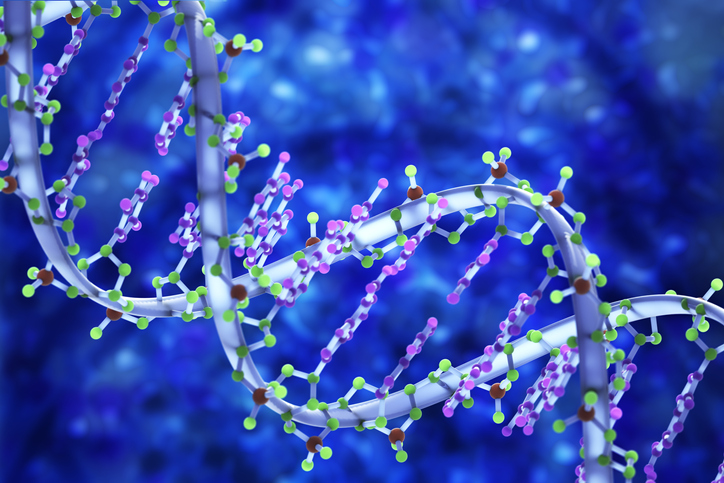William Rosellini was a minor league pitcher in the Arizona Diamondbacks organization for about a year. His professional baseball career had one insurmountable flaw: he couldn’t throw his curveball consistently for strikes. Still, 15 years later, the experience still informs his work.
“I realized the difference between an A-ball player and a big league player isn’t physical, but mental,” Rosellini said.
Since his rookie league days, Rosellini has been laser-focused on neurotechnology, earning a number of advanced degrees and starting several neurology-focused companies, such as Rosellini Scientific, MicroTransponder, Nuviant Medical and Nexeon MedSystems. This latter venture, based in Lexington, Kentucky, recently filed a registration statement to go public.
Rosellini has leveraged angel investments, NIH grants and the purchase of bankrupt Synaptix to advance deep brain stimulation and other neural technologies. These approaches have the potential to target a variety of disorders.
“The brain’s primary language is firing patterns,” said David Feifel, a neuropsychiatrist at UC San Diego, and an expert in transcranial magnetic stimulation, who has no relationship with Nexeon or Rosellini. “Every brain disorder is associated with some form of abnormal firing in different regions.”
Going public serves a number of functions for Nexeon. First, it helps consolidate Rosellini’s disparate startups under the Nexeon umbrella. In addition, by going this route, Nexeon can be valued more accurately.
“We were asking, what’s the valuation?” he said. “The best way to find out was to go to the public markets and have them value it.”
The filing comes as Nexeon seeks FDA approval for SYNAPSE, a deep brain stimulation device for Parkinson’s patients. The company is going up against Medtronic and Boston Scientific, but Rosellini believes Nexeon’s device can be calibrated more easily than existing products, which could boost adoption. Another refinement is a rechargeable battery.
“You don’t want to subject a patient to a second surgery to replace a traditional battery and risk infection.” he declared.
In addition to treating disease, brain stimulation has the potential to enhance learning, an application that intrigues the Defense Advanced Research Projects Agency (DARPA). In 2015, the agency awarded $6.4 million to the Texas Biomedical Device Center to study how vagus nerve stimulation (VNS) can counter post-traumatic stress disorder (PTSD).
More recently, DARPA announced grants to use this technology to enhance learning, and one of Rosellini’s companies — MicroTransponder — is slated to receive some of that funding.
The DARPA initiative, called Targeted Neuroplasticity Training (TNT), leverages the same pathway as the earlier PTSD program. However, while the PTSD research was focused on helping people unlearn bad memories, TNT seeks to accelerate learning, particularly foreign languages.
“There’s evidence that we can use brain stimulation to enhance brain function, including learning,” Feifel said. He pointed to the work being done at Neuronix, which is using electrical stimulation to improve cognitive abilities in Alzheimer’s patients.
For Rosellini, the common thread is making the brain behave.
“It’s advancing novel ideas on how to manipulate the brain through electricity,” he said. “We’re focused on getting the nervous system to a more normal, balanced state.”
Photo: sam_ding, Getty Images,















